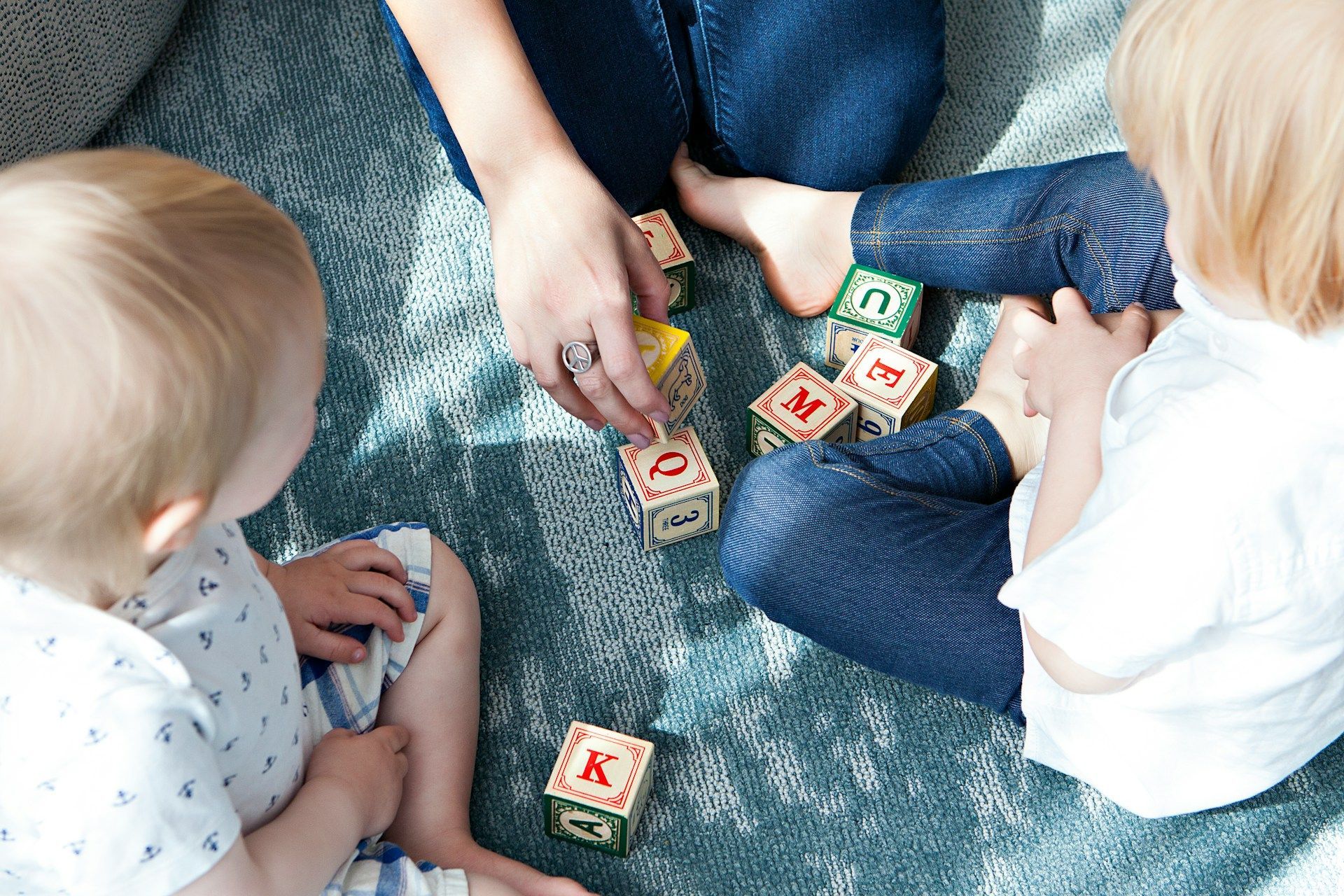Unlocking Your Child's Emotional World: How Play Therapy Creates Healing Conversations
Understanding Therapeutic Play: A Window into Your Child's Inner World

When children struggle with anxiety, trauma, or emotional challenges, they often lack the vocabulary to express their complex feelings. Play therapy offers a powerful solution, allowing children to communicate through their natural language—play. But how exactly does this therapeutic approach work?
Many parents in Charlotte and surrounding areas wonder if play therapy is right for their child. Unlike traditional talk therapy that relies on verbal expression, play therapy meets children where they are developmentally, creating a safe space for healing.
According to renowned play therapy expert Dr. Garry Landreth, "Toys are used like words by children, and play is their language." This profound insight forms the foundation of effective play therapy techniques that counselors use to help children process their experiences.
The Therapeutic Powers of Play: Building Emotional Resilience
Play therapy isn't just about having fun—it's a structured approach that leverages specific therapeutic elements. Dr. Landreth's child-centered play therapy model emphasizes that through carefully selected toys and materials, children can:
- Express feelings they cannot verbalize
- Process traumatic or difficult experiences
- Develop problem-solving skills
- Build self-esteem and confidence
The playroom becomes a place where children can safely explore emotions that are too overwhelming to face directly. Through this process, therapists observe patterns, themes, and metaphors that reveal the child's inner world.
Creating Healing Moments: The TEEL Technique
One powerful approach from Dr. Landreth's work is the Tracking, Empathy, Encouragement, and Limit-Setting (TEEL) technique. Here's how it works:
- Tracking: The therapist narrates the child's play without judgment or direction, building awareness and validation.
- Empathy: Reflecting the emotions observed during play helps children feel understood.
- Encouragement: Recognizing efforts (not results) builds intrinsic motivation and self-worth.
- Limit-setting: When needed, therapists establish boundaries using the ACT method (Acknowledge the feeling, Communicate the limit, Target acceptable alternatives).
This structured yet flexible approach allows children to experience freedom within safe boundaries—a balance that promotes healing and growth. Dr. Landreth notes, "In play therapy, toys are the child's words and play is the child's conversation with the therapist."
Building Bridges to Understanding and Healing
When children lack words for their feelings, play becomes their voice. Through the language of play, trained therapists help children express what troubles them, process difficult emotions, and develop healthier coping strategies.
If your child is struggling with anxiety, depression, behavioral issues, or processing trauma, play therapy might be the bridge they need to healing. At Bareiter Counseling Center, our trained therapists utilize evidence-based play therapy techniques to help children find their voice and parents understand their child's needs.
Call Bareiter Counseling Center today at 704-334-0524 to learn how our play therapy services can help your child find healing through play.
References:
Landreth, G. L. (2012). Play therapy: The art of the relationship (3rd ed.). Routledge.
Landreth, G. L., & Bratton, S. C. (2006). Child parent relationship therapy (CPRT): A 10-session filial therapy model. Routledge.



